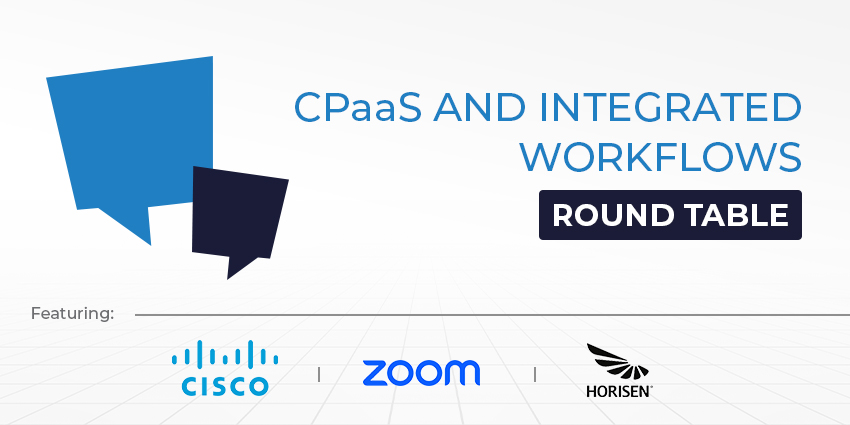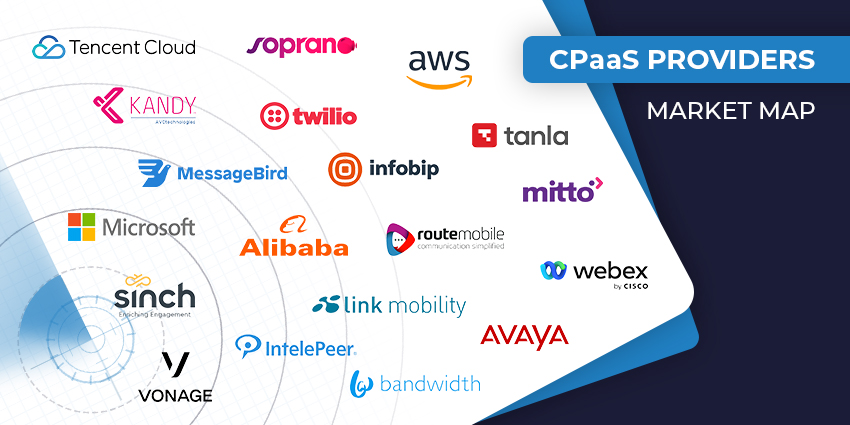Leading cloud communications platform provider, Twilio, recently announced the arrival of a new and innovative contact centre solution for their customers. Twilio Flex is the very first platform on the market to provide companies with all the customisation and control they could want for their contact centre environment. With Flex, brands can deploy an omnichannel service from scratch, then programmatically change different elements of the experience to suit their needs.
Flex is the first and only platform on the market to deliver this in-depth level of customisation, alongside the flexibility and support of the cloud environment. I caught up with Pat Malatack, the VP of Product for Twilio, to find out more about a contact centre service with the power to disrupt the way companies communicate for good.
What is Twilio Flex?
The first thing that Pat told me is that Flex is a response to a problem in the contact centre space.
“We created Twilio Flex to tackle an issue that’s rife in the contact centre market. Most of the biggest contact centre workloads still exist on-premises because people need to maintain the customisation options available with on-premises devices.”
Essentially, what Twilio Flex does is make sure that customers can have a contact centre application platform that features all the customisation options they need, complete with the benefits of the cloud. Users will have the opportunity to personalise each aspect of the experience, from the user interface to the communication channels or CRMs they’re using, and even the agent routing systems they have in place.
“The reason for the name Flex is that it’s flexible. It gives people exactly what they need and allows developers to be unleashed in the contact centre space like never before.”
Why the Omnichannel Approach?
One of the things that makes Twilio Flex so exciting, is the fact that it offers omnichannel integration out of the gate. Flex builds on the same Twilio infrastructure that supports billions of interactions every year, and the company knows that those interactions spread across a range of devices.
“We believe that the future of the contact centre is the omnichannel. Flex allows companies to instantly support an omnichannel experience, with solutions in voice, SMS, social media, and other channels either natively or through integration.”
The Twilio Flex social media integrations are a native solution on the platform too. “We announced our Channels service a while back, and essentially we’re building on that. What we did with Flex is put a lot of different and existing solutions together and then take that to the next level. People can now achieve the same flexibility at a programme level that they’d be used to at an API level.”
What Makes the UI So Customisable?

Interestingly, while the Twilio Flex user interfaces are designed to work seamlessly out of the box, they can also be deeply customised to support every stage of the customer journey. Essentially, businesses can adjust everything from click-to-chat features to reporting dashboards that display customer satisfaction. All that, and Flex can integrate with any of the third-party applications that might be important to the way you run your business too, including CRM systems from Zendesk and Salesforce, Workforce optimisation (WFO) technology, reporting, and more.
“Essentially, you can choose the contact centre experience you want to create. Flex makes the communications part of the contact centre completely programmable, and this delivers a level of flexibility that was never possible before.”
Fundamentally, Twilio Flex is about offering contact centres and businesses a chance to enjoy deployments that are fully bespoke and tailored to their needs. What’s more, because the system is underpinned by the Twilio Super Network, it means that it’s constantly getting better and delivering a reliable, sturdy experience for customers. “Flex comes with everything that customers expect from Twilio, including our 99.95 service level agreement, and support for up to 50,000 agents making connections with people across over 100 countries.”
The reason that Twilio has made every layer of the system programmable, according to Pat, is that:
“You shouldn’t have to choose between the needs of your team and the needs of your customer.”
What Does Twilio Flex Come With?
Straight out of the gate, Twilio Flex comes with the “Studio” feature, which allows system integrators and developers to build highly-customised contact centre solutions. The “Studio” system means that customers can build their applications with the simplicity of drag-and-drop functionality, and customise everything from chatbots to IVRs, and SMS-based appointment reminders too.
“There are countless options available for customers, whether they want something that’s pre-built and ready to go out of the box, or they’re in need of something far more personalised. Twilio Flex comes with all the components a developer could need to build a SaaS contact centre that provides complete productivity and efficiency for a range of customer requirements.”
The partnerships that Twilio has with other companies like IBM Watson, Verint and Ytica also contribute to the overall Flex experience, as it means that customers can tap into single-click integrations for things like workforce management, sentiment analysis, and data storage. “You can essentially create the system that’s designed to work best for you.”
When Will Twilio Flex Be Available?
Today, the contact centre within any company is an essential part of building a strategy for differentiation in the modern marketplace. The Twilio Flex system could help brands to create the customer-focused experiences that they need to build stronger and more lucrative relationships with their clients. In this age where various companies are out-growing the one-size-fits-all approach to contact centre strategies, Twilio is finally offering a built-your-own contact centre programme.
“We’re giving developers the power to create new and exciting experiences in the contact centre, and we’re excited to see how people are going to innovate in this space to provide better customer and agent experiences.”
Twilio will also be delivering flexible pricing options around Flex, so people can choose the payment structure that’s best for their market strategy. Currently, Twilio Flex is in preview, but it should be available to the public by the end of 2018.







